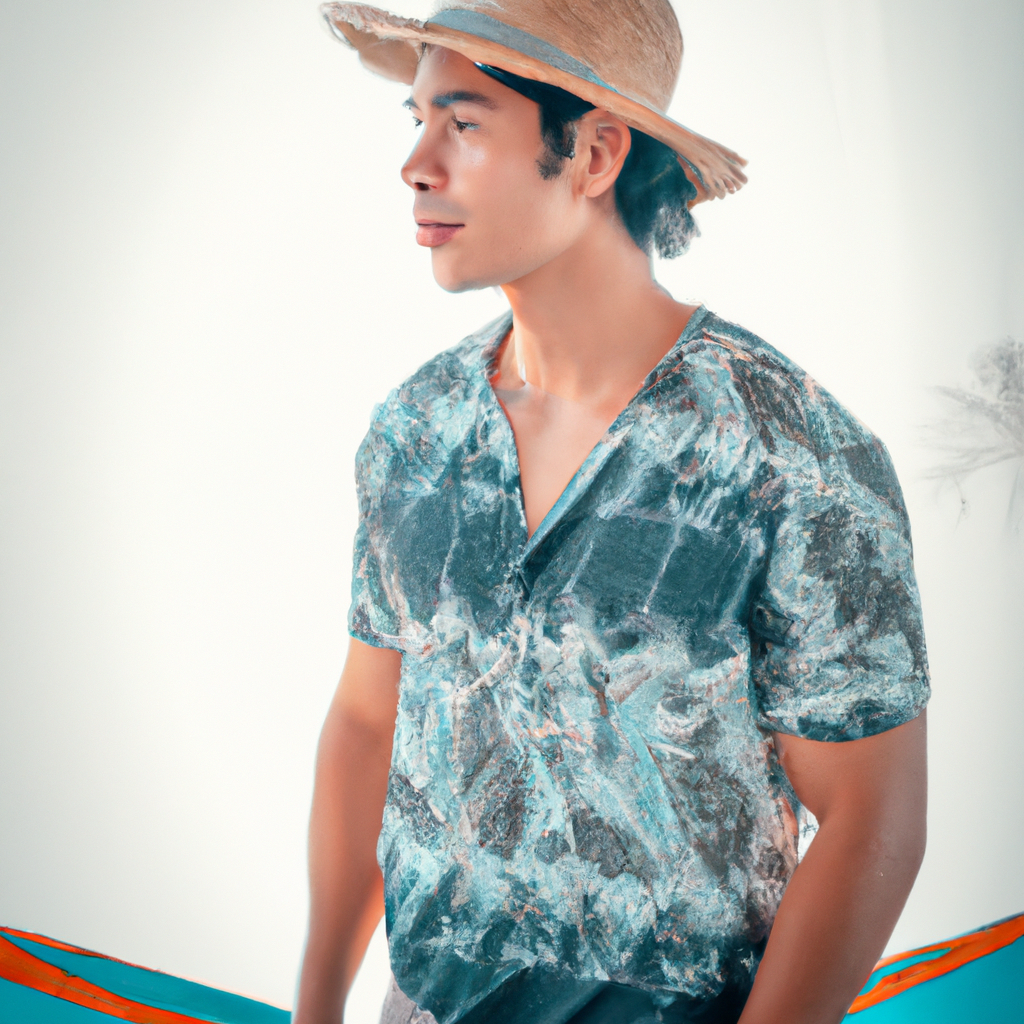Navigating Fashion: A Stylistic Journey Through the Nautical World

Sailing on the blue waters of the ocean has fascinated mankind since time immemorial. But did you know that nautical aesthetics have left an indelible mark on fashion and style as well? Not only on the high fashion runways but also in our everyday wardrobes, nautical style has permeated deeply. This article will explore the ever-evolving allure of nautical fashion, from its earliest influences to its role in creating contemporary trends. We will discuss the key elements that define this style, how it has evolved over the decades, and how you can easily incorporate this classic yet fresh look into your everyday wardrobe. So fasten your seatbelt and get ready for a stylistic journey through the waves of nautical fashion.
- 1. "The impact of nautical influence on contemporary fashion"
- 2. "Key elements of nautical style in fashion"
- 3. "Evolution of nautical fashion through the decades"
- 4. "How to incorporate nautical style into your daily wardrobe"
1. "The impact of nautical influence on contemporary fashion"
The nautical influence has had a significant impact on contemporary fashion, setting trends that have become timeless classics. From iconic navy blazers, to Breton stripes, to white trousers, elements of the nautical aesthetic have infiltrated the everyday wardrobe, offering an air of casual sophistication and a sense of maritime adventure. This influence is not limited to clothing alone, but also extends to accessories, such as anchor jewelry and captain’s hats. Furthermore, major fashion houses have often incorporated nautical themes into their collections, showcasing the versatility and enduring appeal of this style. The nautical influence has proven to be more than just a passing trend, as it continues to inspire fashion designers and stylists today.
2. "Key elements of nautical style in fashion"
The key elements of nautical style in fashion are irreplaceable and have remained steadfast over the years. The predominant colours are navy blue, white, red and some shades of beige or sand, recalling the colours of the navy and the sea. Horizontal stripes are a classic pattern, present especially in T-shirts and jerseys. Other distinctive elements include anchors, rudders and other maritime symbols that often appear in prints and accessories. Typical footwear is moccasins or deck shoes, although espadrilles are also popular in warm weather. Garments are usually made of natural fabrics such as cotton or linen, ideal for warm climates and sea breezes. As for key pieces, chinos, striped T-shirts, double-breasted blazers and pea coats are a must-have in any nautical-style wardrobe.
3. "Evolution of nautical fashion through the decades"
Nautical fashion has undergone a significant evolution over the decades, reflecting both changes in general attire and trends specific to the nautical lifestyle. In the 1930s, nautical fashion was dominated by classic cuts, with one-piece swimsuits and sailor sets for children being popular. The 1950s introduced a more sporty aesthetic, with functional and streamlined sailing clothing becoming the norm. The 1980s brought nautical style into the mainstream, with big-name brands embracing the nautical aesthetic in their designs. Today, nautical fashion has become a mainstay of summer wardrobe, with its blue and white colour scheme, stripes and anchor motifs being synonymous with beach and resort wear. However, it has also maintained its functionality, with high-performance sailing clothing remaining essential for those living the nautical lifestyle.
4. "How to incorporate nautical style into your daily wardrobe"
Incorporating nautical style into your everyday wardrobe can be a simple and fun task. Start with the basic colors: white, navy blue and red, which are the most representative of nautical fashion. Striped prints, whether horizontal or vertical, are also an indisputable symbol of this style. Add T-shirts, shirts or sweaters with this pattern to your wardrobe. Accessories such as wide-brimmed hats, rope or anchor bracelets and moccasin-type shoes or white sneakers can give the finishing touch to your nautical look. Don't forget that the idea is to add maritime details without becoming a costume, so the key is balance.
